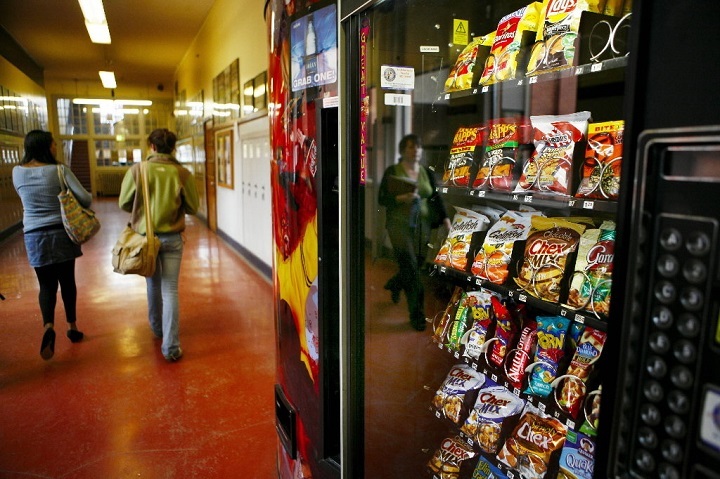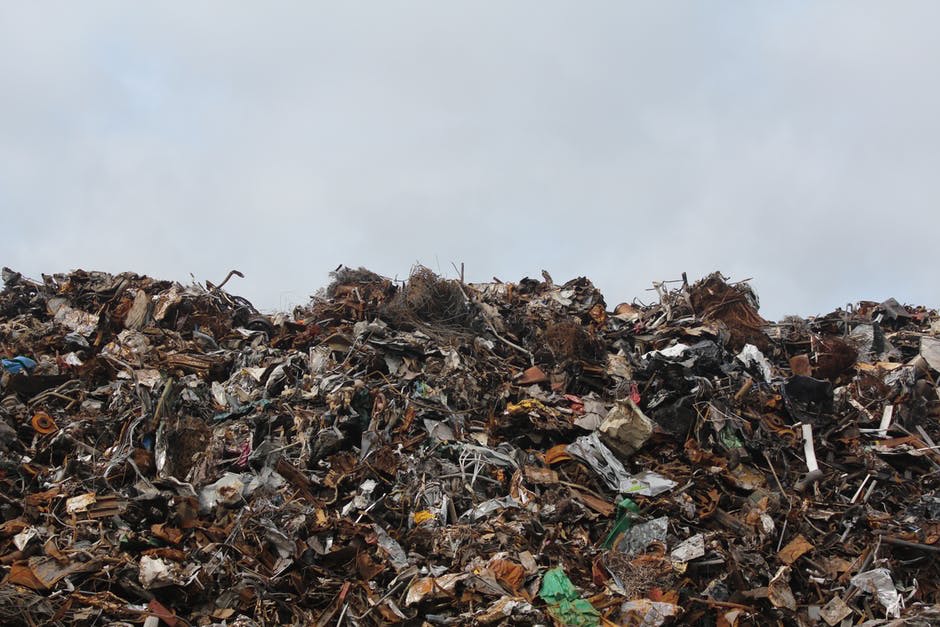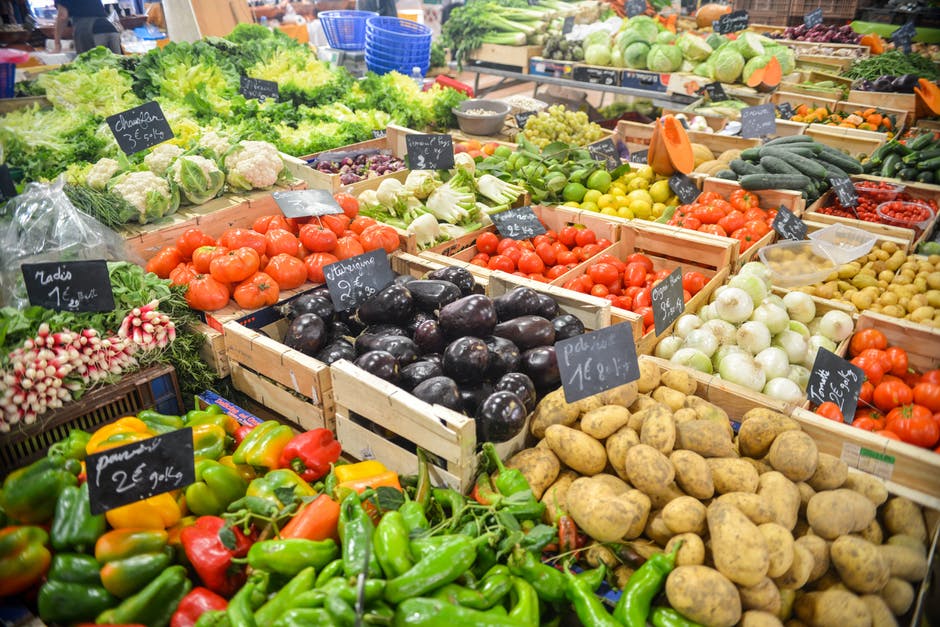In 1942 my parents were deported to the polar circle on one of the islands of the Laptev sea. Life conditions were extreme there, with ground frozen most of the year, months going without sunlight, snowstorms blowing down the earth. I was born some nine years later in a more southern region of that island, in Kusyur, Yakutia. Try to picture it: low birch trees, moss, and exceptionally, some random berry plants.
These conditions shaped the first eight years of my life and have had a huge impact on how I still perceive food: It was always scarce and every little crumb mattered. Overeating is a concept and a habit which I discovered much later. And food waste later still.
Today, I live in a continent where the relation to food is much different. One in six adults across EU countries is obese, up from one in nine in 2000. In direct relation to this trend, diabetes is increasingly becoming a burden on society: globally, the number of adults living with diabetes rose from 153 million to 415 million from 1980 to 2015.
By 2030, diabetes is expected to be ranked the 7th cause of death worldwide. While these developments can partly be attributed to an ever more sedentary lifestyle, it is the predominant nutritional habits in the industrialized nations that are adding immensely to the problem.
One cause can be identified without difficulty: healthy food is generally not the easy option.
How can we expect people to spend more time and often considerably more money to eat healthy, when food with a lot of sugar and fat is cheap and conveniently available on every corner, including the workplace and, more worryingly, in schools?
The choice at the ubiquitous vending machines is rarely between healthy and unhealthy options; usually the only choice is between sugary drinks and sweet snacks. This situation is also very much reflected in advertising. Those circumstances are especially troubling if we look at the rising numbers of obesity in children who are less able to make an unbiased choice between fruits and fast food – a generation of children growing up overweight. Establishments can promote a healthier lifestyle for people by getting healthy Royal Vending Machines Wollongong.
 PHOTO CREDIT: The Oregonian
PHOTO CREDIT: The Oregonian
Aside of these consequences on human health, our environment has also suffered from the industrialization of our food chain across the globe.
Ten percent of the greenhouse gas emissions in the EU originate from food producing activities, and biodiversity, natural resources, and landscapes have all been impacted by it. Take the worldwide increasing meat consumption: it is depleting natural resources such as water and contributing to the warming of the planet. On a global scale, the United Nations Food and Agriculture Organisation (FAO) estimates that due to the growing population, accelerated urbanization and rising income levels, food production will need to increase by 70% in order to meet consumer needs in 2050. In short, a turning point in demand is not yet in sight.
We are now faced with a paradox that should be a matter for reflection for every one of us: despite the abundance we now face in our countries, an estimated 800 million people on this planet still go to bed hungry on any given day. One third of the world’s food is either lost or wasted.
To put it differently, we are wasting food in amounts equal to the yields of cropland the size of China, generating about 8% of global greenhouse gas emissions. Food is wasted along the whole food supply chain: on the farm, in processing, in shops, in restaurants and canteens, and at home. In the EU alone, around 88 million tonnes of food is wasted annually; in other words, 20% of all food produced with related costs valued at 143 billion euros.
Thinking in terms of approximately the weight of 33 Eiffel Towers of food waste each day makes the enormous amount only mildly less abstract.
Nevertheless, there is some room for optimism as awareness of issues like food waste, nutrition, and sustainability is growing in society, as well as on a political level within the European Union – but the challenges ahead of us remain huge. Thanks to the success of the European food safety policy and legislation, Europeans now benefit from safe food. Fifteen or twenty years ago, in the wake of the “mad cow disease” crisis or the dioxin scandal, food safety was the key concern for many people.
Nowadays, matters have moved on, with other factors coming more to the fore and Europeans increasingly expect and demand not only safe but also nutritious and healthy food, produced in a sustainable and ethical manner.
 PHOTO CREDIT: Pexels
PHOTO CREDIT: Pexels
The EU’s food legislation actually covers all steps of the food and feed chain – “from farm to fork” and the EU’s role goes further than simply ensuring that food is safe.
What we eat – in terms of composition, quality and quantity – strongly influences our health. No need for me to recall the importance of nutrition. Our action in the field, and in particular in food labelling, aims at informing and protecting Europeans. And, in particular, the less advantaged and most vulnerable groups should be guaranteed the right to information in order to make more educated choices concerning their diets.
We are striving to ensure healthy food awareness. Healthy choice in terms of food should always be the easy choice for Europeans. For example, the European Commission has recently awarded a total of 1 million euros through the EU’s Horizon 2020 Framework Programme for Research and Innovation to three innovative companies that cracked the challenge of developing a mobile and affordable food scanner solution. This will give comprehensive information about the nutritional value of unpackaged food directly on the plate in front of you.
While information and education about food choices is essential, we are also cooperating with the food industry to promote self-regulation. For example, in many EU countries, the average salt content in bread has been gradually lowered in recent years. A more recent goal aims for a 10% reduction of added sugars in food by 2020; a voluntary commitment made by the European soft drink sector in February 2017. Moreover, a monitoring system for these “reformulation” efforts has been set up to support national actions of all EU Member States.
 PHOTO CREDIT: Pexels
PHOTO CREDIT: Pexels
Awareness in the composition of the processed food we eat is expanding and there is also a growing understanding of the environmental impact of food production and consumption. The EU’s efforts are dedicated to mitigating this impact and the EU Member States have committed themselves to the Sustainable Development Goal of halving food waste at both retail and consumer levels, and reducing food losses along the production and supply chains.
Likewise, the “farm to fork” approach will be guiding here: measures must start at field level where products are left to rot because they are deemed ”unsellable” for aesthetic reasons and end with a rethink of labels that indicate “best before” and “use by” dates that often needlessly send good food to garbage. Moreover, considering that 55 million Europeans cannot afford a quality meal every second day, surplus food that is safe to eat should, as a priority, be made available to people in need.
To combat food waste and promote a circular economy, we need to redesign our food supply chain.
This was identified as a priority in the European Commission’s Circular Economy Package adopted in late 2015 and it requires the Member States to take action to reduce food waste at each stage of the food value chain, to monitor and report on food waste levels. I therefore decided to create the EU Platform on Food Losses and Food Waste which held its first meeting last autumn and I am convinced that this unique forum dedicated to food waste prevention can help us all to move more quickly, find and adopt new solutions, seize opportunities to save food resources and together design new business models for healthier and more sustainable food systems. By the end of my mandate in 2019, the EU region will be a leading actor in the global efforts to end food waste.
In parallel, the simplification and modernization of the EU’s Common Agricultural Policy is ongoing. While smarter agriculture has already reduced the EU’s carbon footprint, further innovation is needed. Unfortunately, one can’t deny that there is a certain tendency to mistrust innovation, science, and evidence-based decisions. New food products, substances and innovative methods of food production are now often looked at with suspicion.
To establish a sustainable food system, we need to work on risk communication and find ways to inspire confidence in scientific assessments. In a context of social media campaigns sometimes geared towards provoking emotions, ensuring public support can sometimes be a challenge, but scientific assessments will remain the basis of our decision-making chain in the field of EU food policy.
 PHOTO CREDIT: Flickr
PHOTO CREDIT: Flickr
Pesticides and herbicides are a good example.
The EU approval system for pesticides is most likely the strictest in the world. Applicants for the approval of these plant protection products have to prove – with an extensive amount of scientific data – that their products are safe for humans, animals, and for the environment. Producers have to prove that their products are safe. There are legitimate concerns and a will from Europeans to be properly informed. This is why I take any opportunity to go and explain the decisions we take, be they to remove from the market products which are proved unsafe, or to renew those whose use has been assessed as safe.
In every step we take, we use a precautionary approach. Also, wherever the science is missing or insufficient, but a risk is identified, we apply the so-called precautionary principle. This principle ensures that whenever there is reasonable doubt or inconclusive scientific data on a certain new product or technique, we decide not to authorize it.
Europeans care about food. They care about what they eat, how they eat and with whom they eat – and rightly so, as food is strongly embedded in our culture. So, food policy will remain high on the EU’s agenda. We are exploring new ways forward, which include, for example, the European Commission’s Joint Research Centre’s and the Directorate-General for Health and Food Safety’s recently published analysis of possible scenarios for the year 2050 setting out concrete policy options and guiding future research.
Empower Europeans to improve their health: this is my every day’s concern. In other words, to place all of us comfortably in the driving seat and to ensure we are all actors of the food we eat. If we can successfully combine the efforts of scientists, regulators and industry, we can make the healthy food option the easy option. By ensuring safe and healthy food, we will also help to improve the health of all the people living in the EU.



 PHOTO CREDIT: The Oregonian
PHOTO CREDIT: The Oregonian PHOTO CREDIT: Pexels
PHOTO CREDIT: Pexels PHOTO CREDIT: Pexels
PHOTO CREDIT: Pexels PHOTO CREDIT: Flickr
PHOTO CREDIT: Flickr PHOTO CREDIT: Shutterstock
PHOTO CREDIT: Shutterstock






